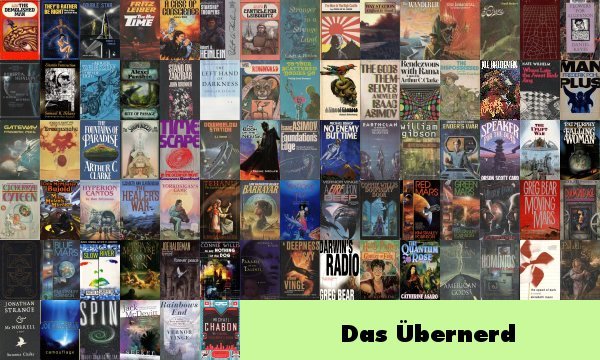 Alien
Alien1980 Hugo Winner for Best Dramatic Presentation
Ah Alien, the double jawed face that launched a thousand tie-ins. Ridley Scott took an old chestnut, gave it a fresh spin and I hope for his sake that he gets a piece of all the product that followed.
A deep space freighter picks up a signal on a distant world where there should be no life and find a derelict alien space craft filled with eggs. A monster hatches from one and attaches itself to one of the crew and from there an orgy of violence and cat retrieving ensues.
The movie could act as a basic primer on how to shoot a horror film. While I don't think Scott was innovative he did use every classic trick in the book. The tight focus on the shots, the shifting lighting, the shadowy use of the monster; it adds up to a very creepy, claustrophobic film. Sure there really isn't a good reason for things to go foggy with strobe lights when the monster shows up but it works for the atmosphere.
I've heard it said quite a bit that Alien is a haunted house movie in space. Personally I don't see it, at least not the traditional haunted house story. Compare Alien to The Haunting (the archtype of the haunted house film) and you'll see similarities in how they are shot but the story being told is different. The haunted house is usually tinged with tragedy, typically something personal to the people involved.
Alien strikes me more as the scifi B-flicks grown up. They find something alien, it starts to go on a killing rampage, someone wants to keep it for "science", and eventually someone uses a bit of science to kill it. That's almost the dead on model for any number of cheapy monster films from the 60's and 70's. Here it's played with far more dignity, directed far more effectively, and told much more suspensfully but when the monster shows up it's still a guy in a rubber suit.
Despite recognizing its cheesiness tucked underneath a layer of bleak atmosphere I enjoy Alien. Not as much as its sequel which I think was a more refined film but I like it. I haven't liked anything attached to the property in more than ten years but it had a good start.







